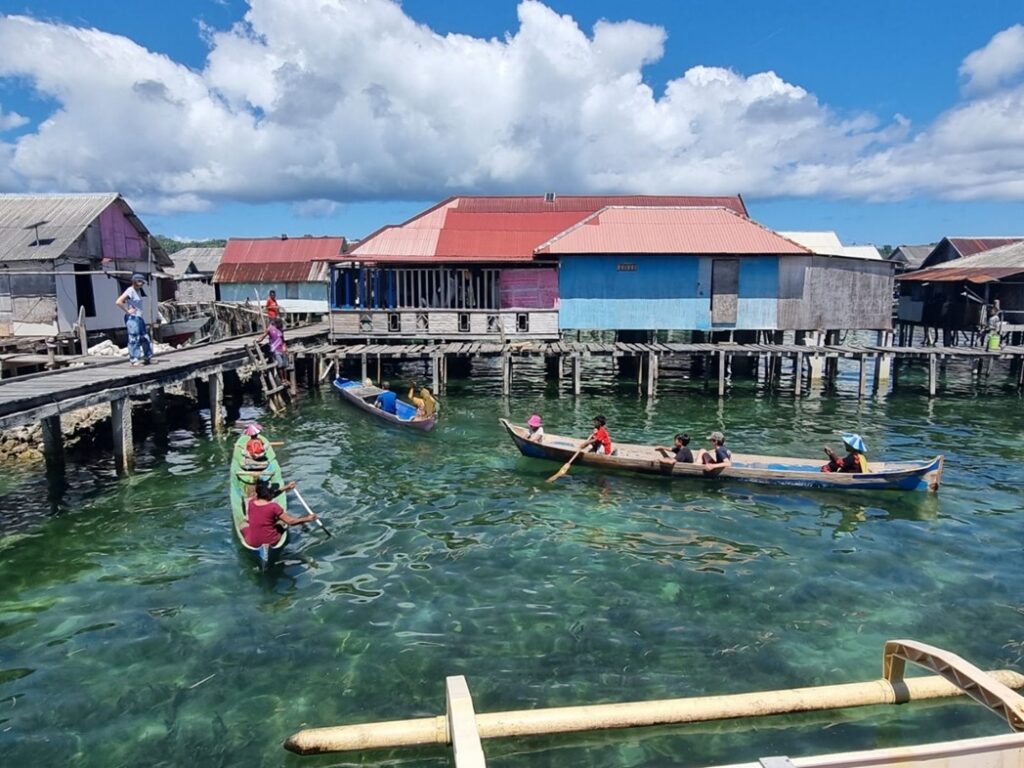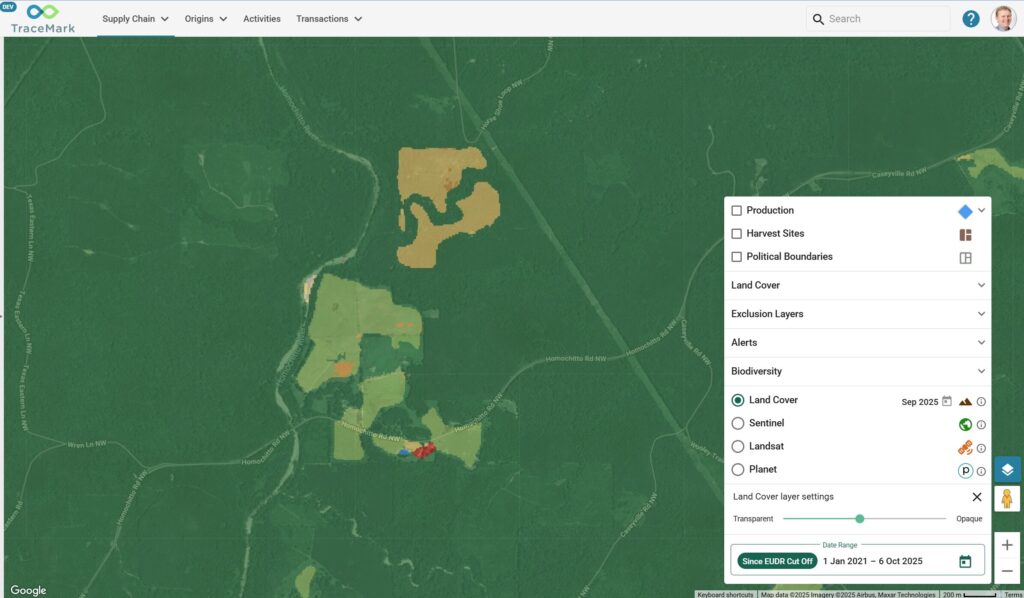NGIS wins overall APSEA award
NGIS has won the overall Asia Pacific Spatial Excellence (APSEA) Awards award as well as the category award for the Cyclone Pam Crisis Map, which was built with the CRCSI and Digital Globe.
The awards ceremony was part of the Locate16 Conference, APSEA Awards recognised spatial work from 2015.
The JK Barrie overall excellence award went to DigitalGlobe, CRCSI and NGIS Australia for their Cyclone Pam Crisis Map, which also took out the APSEA for People and Community. NGIS has now won unprecedented back to back JK Barrie awards for the project or initiative that was deemed to exhibit the highest degree of excellence in the Asia Pacific region.
Last year NGIS received the overall excellence award for Pacific Island Coastal Inundation Capacity building and Planning, a project which was also recognised at the Paris Climate Change conference by the UN as one of the game changing global initiatives for climate change adaptation.
About the Cyclone Pam Crisis Map
In March 2015 Cyclone Pam devastated Vanuatu. With up to 150,000 of Vanuatu’s population directly affected (over 50%), the cyclone is one of the worst natural disasters to impact the pacific region. Cyclone Pam resulted in a number of fatalities with almost 60 of the nation’s inhabited islands being directly cut off from communication and access as a result of the devastation. Approximately 17,000 buildings were damaged or destroyed, large scale crops destroyed and livelihoods of at least 80% of Vanuatu’s rural population were compromised. The total economic value of the effects caused by Tropical Cyclone Pam was estimated to be approximately VT 48.6 billion (US$449.4 million).
NGIS Australia, CRCSI and DigitalGlobe donated resources to assist with the recovery effort by creating and managing the web based Cyclone Pam Crisis Map. The Crisis Map was a crucial tool for managing and coordinating the disaster response, including providing the first post cyclone imagery and population data to help aid agencies to target assistance for outer islands that had issues with both communication and access.
The Crisis Map was designed and established by NGIS and CRCSI employees who had previously worked in Vanuatu for the Pacific Island Coastal Inundation Capacity Building and Planning project. The platform and capacity building that was provided as part of this project, formed the foundation for the rapid delivery of the Cyclone Pam Crisis Map. The Crisis Map was published with the ‘First Look’ satellite imagery donated by DigitalGlobe for the disaster response effort. This DigitalGlobe satellite imagery provided the first indication of the extent of impact of the Cyclone which in turn enabled rapid and effective response effort to deliver aid and support to the affected communities. As many of the Vanuatu islands had no communication mechanisms the provision of high resolution ‘First Look’ Satellite Imagery enabled remote evaluation of impact to be performed. Employees from CRCSI, NGIS Australia and DigitalGlobe worked extraordinary hours to ensure that the Crisis Map provided the most up-to-date information to the responders on the ground in Vanuatu and to ensure that the most current data required to make effective decisions was available.
The Crisis Map was used by a large number of aid agencies and organisations on the ground in Vanuatu. The information provided through the map included contributions from the World Bank, the Government of Vanuatu, the Secretariat of the Pacific Community, the Australian Department of Foreign Affairs and Trade and DigitalGlobe. The mapping platform provided a consolidated communication mechanism for many of the key information sources required for disaster response activities including damage grading and zones, population and household locations, predicted flood levels and crowd sourced impact photos. With a number of organisations donating resources to the response effort, the Cyclone Pam Crisis Map provided a single consolidated view for all users, improving cross organisation communication and planning.
The Crisis map has been made possible through previous capacity building with Vanuatu for Climate Change Adaptation and the Vanuatu Globe which provided the base information and platform for the Cyclone Pam Crisis Map. The Cyclone Pam Crisis Map was delivered through intuitive, familiar and user friendly Google mapping technology.
The content disseminated through the Cyclone Pam Crisis Map included the following:
- Cyclone Track
- Pre and Post Cyclone Aerial Photography and Satellite Imagery
- UAV Post Cyclone Damage imagery
- Damage Grading and Zones
- Crowd Sourced Damage Photos
- Food Ration Allocation
- Flood Levels
- Household locations
- Population and Demographic data
Related Articles
Here are more related articles you may be interested in.







